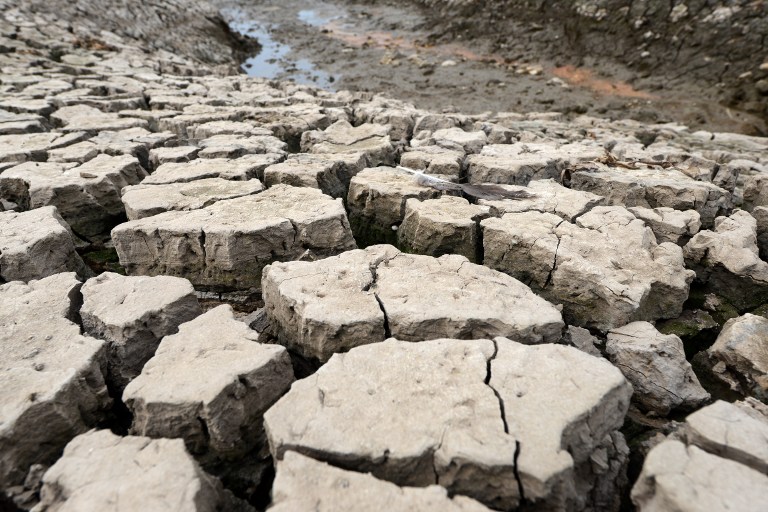SUMMARY
This is AI generated summarization, which may have errors. For context, always refer to the full article.

WASHINGTON DC, USA – A new method could double the lead time for forecasting the ocean warming trend known as El Niño and help communities better prepare for crops losses, floods and drought, German researchers said Monday, July 1.
The forecasting algorithm is based on the interactions between sea surface temperatures in the equatorial Pacific and the rest of the ocean, and appears to warn of an El Niño event one year in advance instead of the current six months.
“Enhancing the preparedness of people in the affected regions by providing more early-warning time is key to avoiding some of the worst effects of El Niño,” said Hans Joachim Schellnhuber, director of the Potsdam Institute for Climate Impact Research.
The new technique also appears more reliable than conventional forecasts, Schellnhuber and colleagues reported in the US journal the Proceedings of the National Academy of Sciences.
Scientists analyzed more than 200 measurement points in the Pacific dating back to the 1950s. The interactions between distant points helped predict whether the El Niño warming would come about in the eastern equatorial Pacific.
Scientists used it in 2011 to correctly predict the absence of an El Nino event last year, while conventional forecasts wrongly said there would be significant warming well into 2012.
Natural forces cause the El Niño Southern Oscillation (ENSO, which researchers described as the “most important phenomenon of contemporary natural climate variability.”
The pattern has been known to cause drought in South America, Indonesia and Australia, heavy flooding in places like Peru and Ecuador, and possibly the severe winters in Europe, unusual monsoons in East Asia and hurricanes in the Caribbean.
Researchers said the ability to forecast El Niño events will become more important as global warming progresses, possibly making the ENSO pattern more intense and worsening its impacts. – Rappler.com
Add a comment
How does this make you feel?
There are no comments yet. Add your comment to start the conversation.